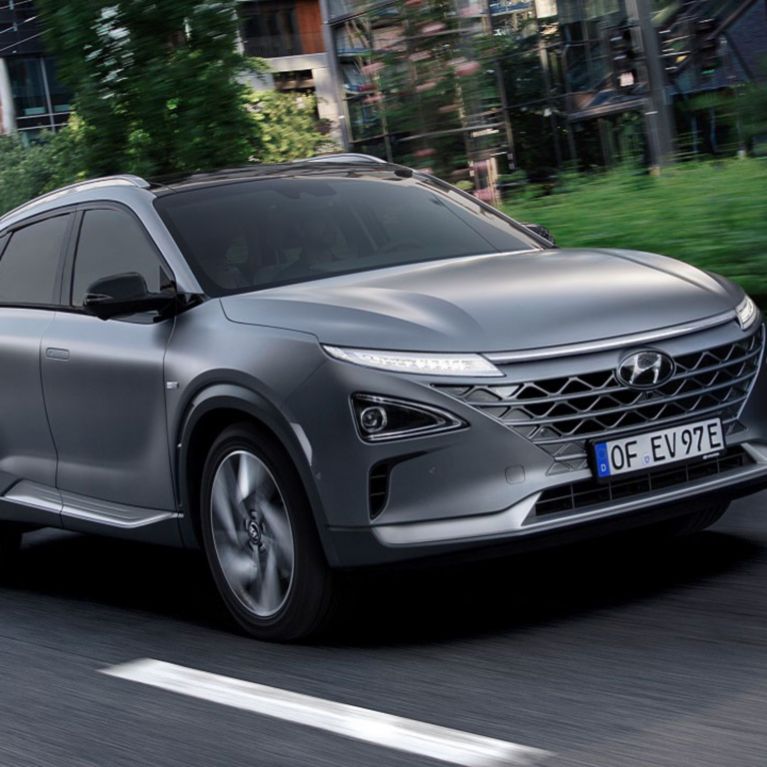With the Internet of Things (IoT) ensuring vehicles of the future will be connected to the world around us, driverless cars will increasingly become the centre of our lifestyles.
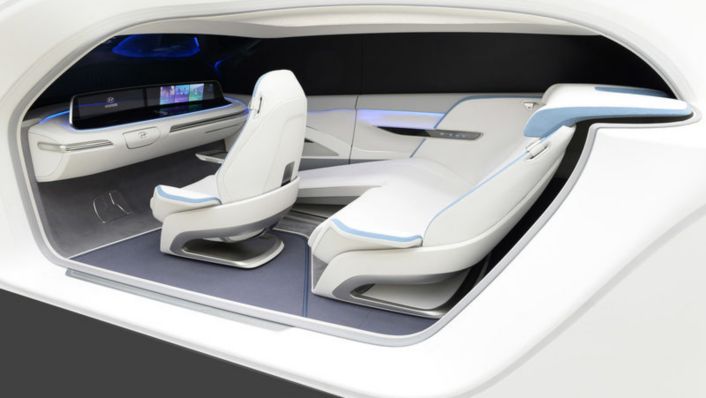
Levels of autonomy in self-driving cars
Though still in its infancy, self-driving technology is becoming increasingly common and could radically transform the way we get from A to B. Different cars are capable of different levels of self-driving on a scale of 0-5.
- Level 0: All major systems are controlled by humans.
- Level 1: Certain systems, for example cruise control or automatic braking, can be controlled by the car.
- Level 2: At least two simultaneous automated functions such as acceleration and steering are offered by the vehicle. However, humans are required to ensure safe operation.
- Level 3: The car is able to manage safety functions under certain conditions, but the driver is expected to take over when alerted.
- Level 4: The car is fully-autonomous in some driving scenarios, though not all.
- Level 5: The car is completely autonomous in every situation.
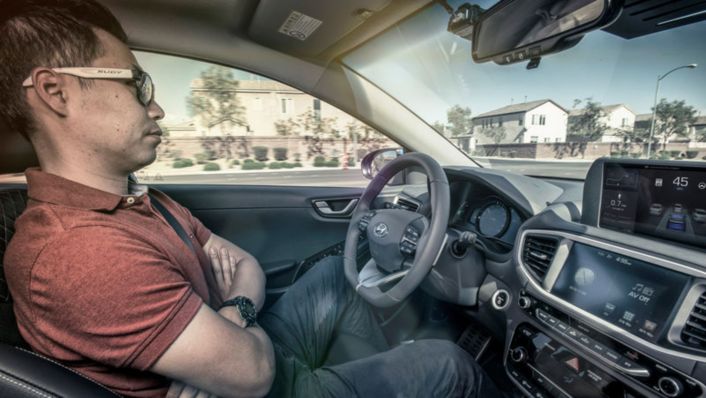
How autonomous vehicles work
Both technology and automotive companies have developed self-driving technologies over the past few years. While each design varies, most autonomous driving systems create and maintain an internal map of the vehicle’s surroundings, based on a wide range of sensors.
In-built software then processes these inputs, plots a navigational path and sends instructions to the vehicle’s acceleration, braking and steering systems. Self-driving cars may also be “connected”, allowing them to communicate with other vehicles or infrastructure, like next-generation traffic lights.
Hyundai’s Autonomous IONIQ concept
Following a successful test drive on the streets of Las Vegas, Hyundai Motor wowed audiences with the Autonomous IONIQ concept at the 2016 Automobility LA. It was later introduced to European audiences at the 2017 Geneva Motor Show.
Thanks to its hidden LiDAR system, the Autonomous IONIQ can detect the absolute position of surrounding vehicles and objects. This is situated in its front bumper instead of on the roof, ensuring the vehicle looks like any other car on the road rather than an unfinished prototype.
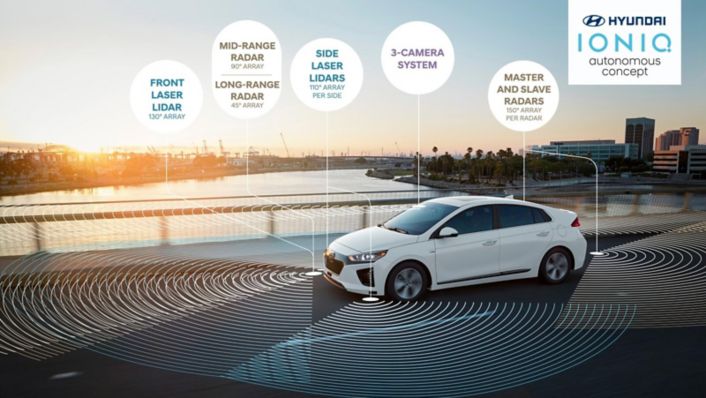
In addition to LiDAR, the Autonomous IONIQ’s Forward Facing Radar detects the relative location and speed of objects, while a three-camera array detects pedestrian proximity, lane markings and traffic signals.
Hyundai Motor and Aurora
Back in January, Hyundai Motor announced a strategic partnership with Aurora, a leader in autonomous vehicle technology, to bring self-driving Hyundai vehicles to market by 2021.
Aurora’s self-driving technology will be incorporated into Hyundai vehicles. The companies will work together to develop hardware and software for automated and autonomous driving and the back-end data services required for Level 4 automation.
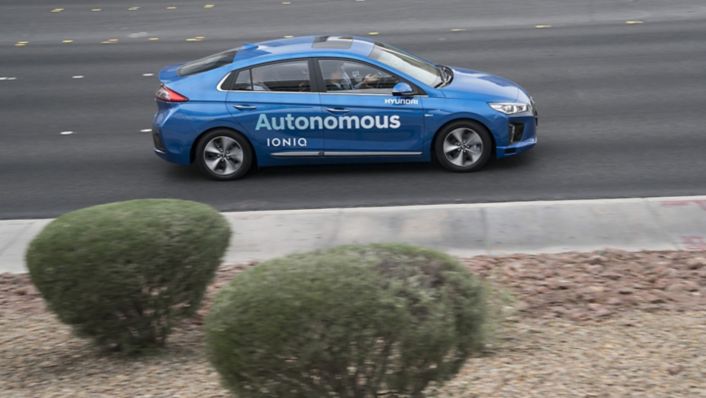
The All-New NEXO’s autonomous driving potential
Earlier this year, Hyundai unveiled the All-New NEXO during a press conference at CES 2018. NEXO is the company’s next-generation fuel cell EV, and the first model to feature Advanced Driver Assistance Systems (ADAS) which will expand its autonomous driving potential.
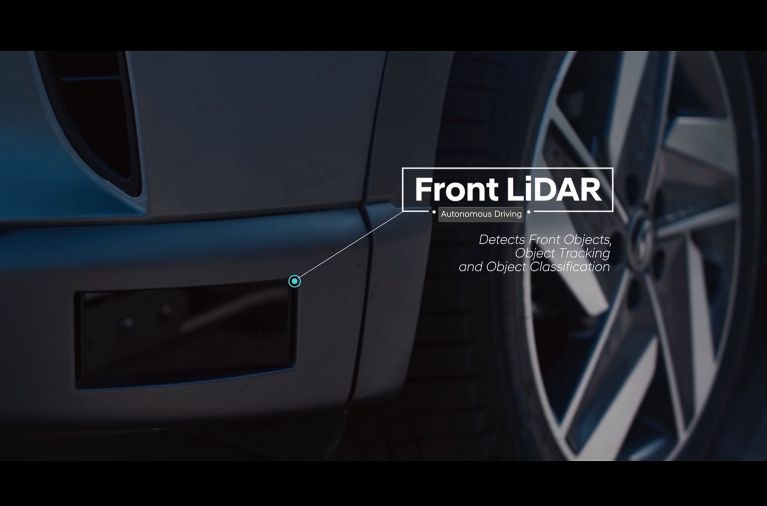
Meanwhile, Remote Smart Parking Assist (RSPA) enables NEXO to autonomously park or retrieve itself from a parking space with or without a driver in the car. With the touch of a button, the RSPA system can safely back a NEXO into a parking spot.

